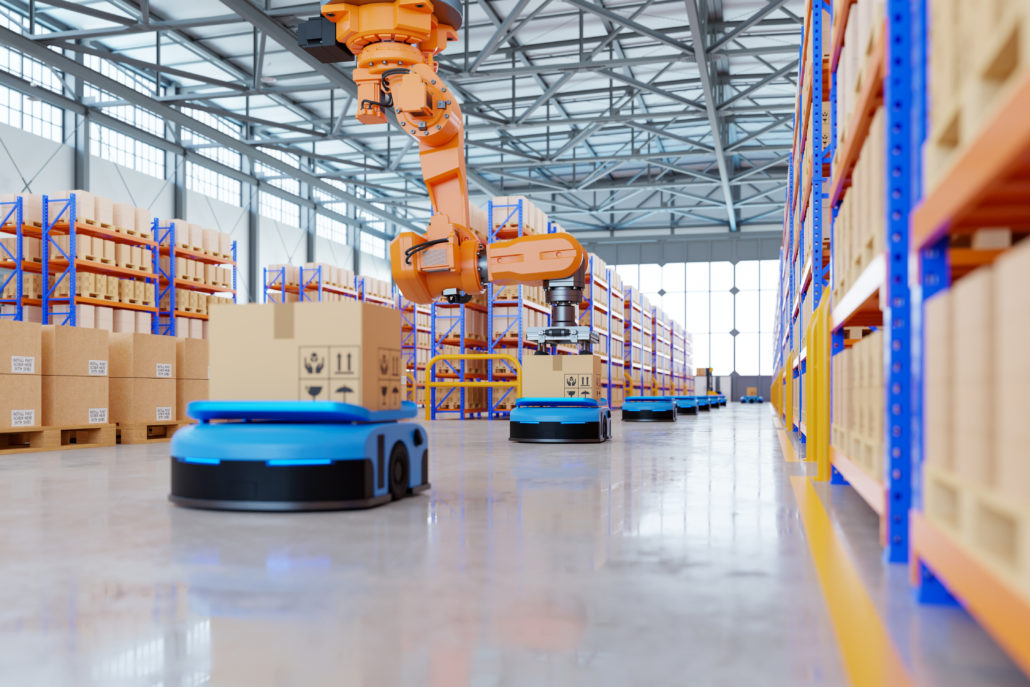To achieve a competitive edge in today’s marketplace, businesses can use digital transformation in supply chain management to maximise efficiency, quality, and customer service. It also guarantees more flexible supply chain models. Manual and physical processes can be automated by converting analogue to digital.
The supply chain of the future
The supply chain will undergo massive transformations over the next decade with distinct and separate networks for marketing, product development, distribution, and customer service. Various digital transformation companies are transforming the world, establishing an integrated ecosystem. Supply chain management, analytics, robots, and even 3D printing will be critical to the continuing development of this new ecosystem.
Furthermore, the rapid digitisation of supply chains will increase efficiencies in developing new economic models and revenue streams, as well as unleashing the potential of emerging supply chain players. Obviously, a new wave of digital transformation in supply chain management can be seen as complex and impenetrable, but this article will attempt to simplify and explain the different methods of supply chain management. Supply chain management uses sensors, robotics, big data, and Internet-of-Things technologies to achieve consumer attraction through automated processes. In addition to speeding up the process, this also improves adaptability, efficiency, and precision across the global supply chain.
Digital transformation technology: Internet of Things (IoT)
The Internet of Things (IoT) describes physical objects with sensors, processing ability, software, and other technologies that connect and exchange data with other devices and systems over the Internet or other communications networks. This can be a vital tool in your supply network. The Internet of Things makes it possible for organisations to identify and track products in warehouses and stores, monitor delivery performance, and even regulate and measure facility temperature and relative humidity. RFID (radio-frequency identification) and GPS (global positioning system) are examples of digital technologies used to monitor and analyse the supply chain by tracking inventory, cargo, and vehicles.
Digital transformation technology: Blockchain
Most people have heard of Bitcoin and cryptocurrencies, however not many know about the underlying technology behind it called “blockchain”.
Blockchain can be considered as internet 2.0 and is poised to make 10 times the impact made by the internet. One such impact is expected in the supply chain industry.
With its distributed ledger technology, it replaces the use of paper and physical ledgers, increases security and enhances collective bargaining agreements (smart contracts), and quality diplomas. Freight documents can be generated at every step of the supply chain and because each transaction is digitised and records its own block, a complete transaction history can be traced to a single point in time.
Digital transformation technology: Robotics
Robotics is an interdisciplinary branch of computer science and engineering. It involves design, construction, operation, and use of robots. The primary goal of robotics is to help and assist humans. Robotics is currently being used in retail et logistique industries to reduce the time needed to get goods from one place to another. They’re known as inventory robots and work in warehouses. Usually, they take inventory from the shelf and either repackage or move it around. Deliveries can be made by drones or driver-less cars. In addition, customer service robots are also available in stores to assist the customer and respond to their queries.
Digital transformation technology: Cloud framework
In cloud computing, “framework” refers to sets of development tools, middle-ware technology, and even database management software that helps with cloud applications. Expenditures on cloud computing expect to rise as various sectors of the economy continue to embrace these more effective solutions. Solutions for supply chains, cloud-based infrastructures, and cloud-based systems are used in supply chain management. Fortunately, supply chain management is becoming more efficient thanks to cloud-based storage, analysis, inventory tracking, and monitoring solutions.
Digital transformation technology: Utilising big data and advanced analytics
Big data refers to data sets that are too large or complex to be dealt with by traditional data-processing application software. Advanced analytics are the systematic computational analyses of data or statistics, used to discern meaningful patterns in data. Many valuable digital insights generate throughout the supply chain, including inventory planning, manufacturing, and sales. Most of the time, the information gathered is used in making decisions. These include sales forecasting, inventory control, and operational optimisation.
Conclusion
By embracing digital transformation today, an organisation can keep up with the demands of a changing economic landscape enhanced by emerging and innovative digital technology. Therefore, any company, non-profit, or institution hoping to thrive must undergo digital transformation. Businesses that refuse to undertake digital transformation will eventually go out of business. The supply chain is certain to grow and develop in the future, promoting innovation, competition, and customer service. Companies must keep improving inventory and asset management by using automated warehouses in a competitive market. Therefore, investing now in these digital transformation innovations will almost certainly result in significant rises in revenue.
